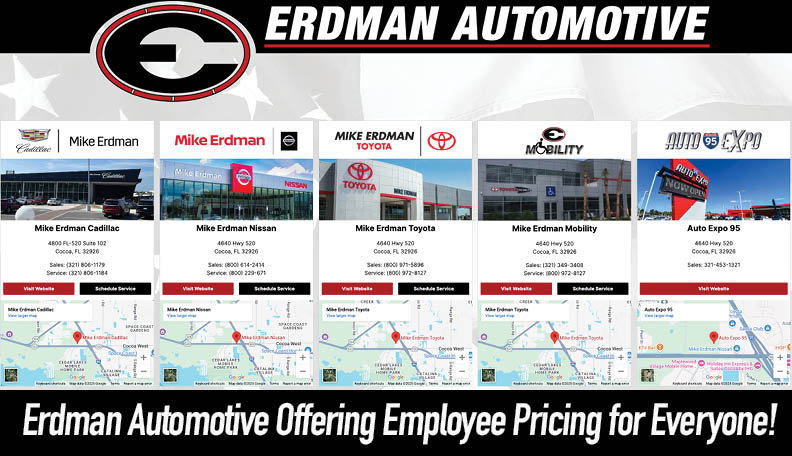From Quote To Invoice: A Step-By-Step Guide To Car Shipping Expenses
By Space Coast Daily // January 8, 2024

Shipping a car can be a process, especially when it comes to understanding the costs involved. Whether you’re new to car shipping or looking to improve your budgeting skills, this step-by-step guide will give you insights.
By breaking down the journey from getting a quote to receiving an invoice, you’ll gain an understanding of the expenses and how they accumulate. Also, you can get insights about shipping a car cost calculator.
1. Getting Quotes
The first step in calculating car shipping costs is to gather quotes from transportation companies. These quotes usually take into account factors such as distance, vehicle type, location, and any additional services needed. It’s important to compare these quotes and consider factors beyond the price. Look for companies with customer feedback and insurance options that suit your requirements.
2. Transportation Options
When evaluating your car shipping choices, it’s crucial to have an understanding of the three types of transportation: open transport, enclosed transport, and expedited options.
- Open Transport: Open transport is the most popular and cost-effective method for shipping cars. However, keep in mind that your vehicle will be exposed to elements during transit.
- Enclosed Transport: Enclosed transportation provides protection against weather conditions and road debris. It tends to be more expensive.
- Expedited Options: Expedited options are available for those who need fast delivery, but they might come with an extra cost due to limited availability.
3. Additional Costs
In addition to the transportation fees, there are other costs that you might encounter during your car shipping journey.
- Insurance: Most reputable car shipping companies offer insurance coverage as part of their services or as an optional add-on. It’s important to inquire about the extent of coverage provided by each company before making a decision.
- Terminal Fees: In cases of pickup or drop off, terminals may charge fees for storing or handling your vehicle before or after transportation.
- Door-to-door Service: If convenience is a priority for you, choosing door-to-door service could be worth considering. This service ensures that your vehicle is picked up from your desired location and delivered directly to your destination. However, keep in mind that this convenience may come at a cost.
- Fuel Surcharges: Fluctuating fuel prices can lead to additional charges being applied to your final invoice. Stay informed about these surcharges and take them into account when budgeting.
- Vehicle Preparation: Make sure your vehicle meets the requirements for shipping to avoid any costs associated with cleaning, securing loose parts, or removing personal belongings.
4. Deposits and Payments
You might need to pay a deposit when you book a car shipment, which is an important expense to consider when moving long-distance. The amount of the deposit will depend on the company’s policies. Usually, it represents a percentage of the shipping cost. Before making any payment, it’s important to review each company’s refund policy so that you have options in case your plans change.
5. Taxes and Duties
If you’re considering shipping your car, be aware of import taxes and duties imposed by customs authorities in the destination country. These costs can vary significantly from one country to another. These are typically based on factors such as the value of the vehicle, its age, and local regulations. Research the rules and regulations for importing vehicles in your chosen country to determine costs.
6. Final Invoice
Once all expenses have been taken into account. Including transportation fees, insurance coverage, additional services, and deposits. You will receive an invoice from the car shipping company. Take time to review this document to ensure that all charges are accurate and align with what was agreed upon.
Conclusion
When it comes to dealing with the costs of shipping your car, there’s no need to feel overwhelmed or uncertain. By taking steps such as getting quotes from companies, exploring different transportation options, keeping additional expenses in mind, understanding payment requirements, accounting for taxes and duties (if shipping internationally), and carefully reviewing your final invoice, you can make the process much more manageable. With this knowledge and preparation at hand, you can confidently plan your budget for car shipping while ensuring a hassle-free experience.












